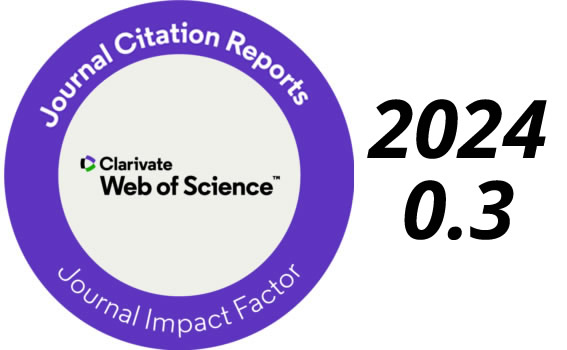Using air valves for air release during pipeline filling. Adiabatic vs. isothermal behavior
Keywords:
hydraulic transients, entrapped air, air valves, mathematical modelsAbstract
Pipelines with irregular profiles exhibit a number of peculiarities that cannot be ignored, such as the likely accumulation of air at elevated points. To avoid the risks inherent to the air pockets use is made of air valves, which admit and release air. In any case, air into the pipe must be eventually vented out. But, to avoid undesirable overpressures it must be vented in a controlled way, since, with or without air valves, an air pocket between two liquid columns may cause important peak pressures, especially on the installation start-up. In this paper, the filling of a pipeline with air valves installed at the elevated points and with entrapped air is modelled. The aim is to predict the transient phenomena likely to occur and assess the peak pressures that can be developed. To analyze the behavior of n trapped air pockets in a pipeline of irregular profile with vi air valves, use is made of the so-called rigid model. In this paper, boundary conditions for the most critical function of air valves (the outlet air phase) are reviewed. The isothermal behavior, proposed by standard literature, of the trapped air into the pipe is compared with the adiabatic process, a more realistic approach for fast transients.Downloads
Published
How to Cite
Issue
Section
License

This work is licensed under a Creative Commons Attribution-NonCommercial-ShareAlike 4.0 International License.
By Instituto Mexicano de Tecnología del Agua is distributed under a Creative Commons Attribution-NonCommercial-ShareAlike 4.0 International License. Based on a work at https://www.revistatyca.org.mx/. Permissions beyond what is covered by this license can be found in Editorial Policy.









